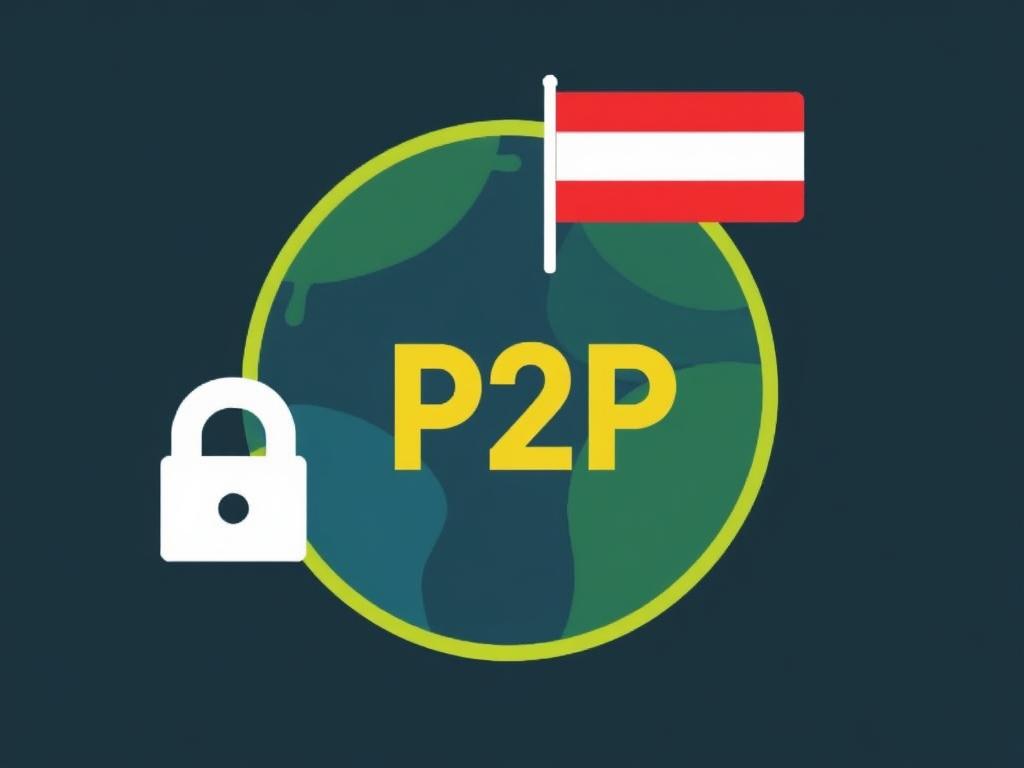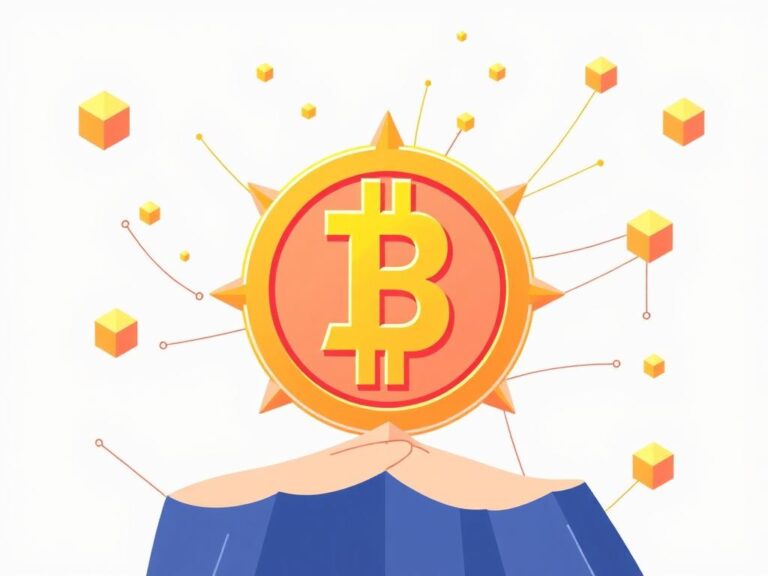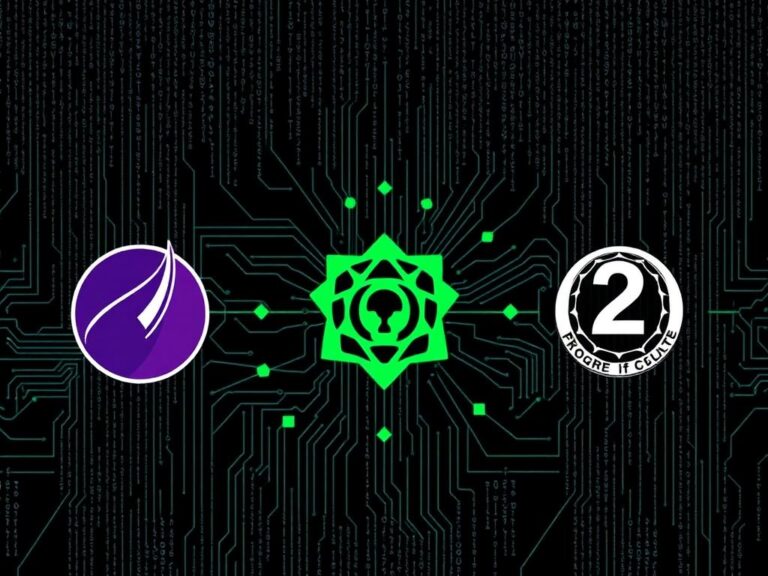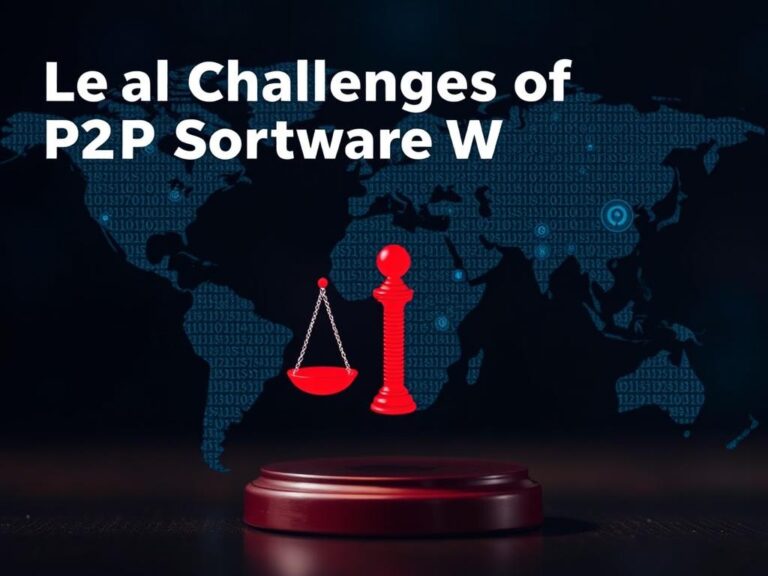Can Governments Shut Down P2P Networks? Exploring the Challenges and Realities
In the digital age, peer-to-peer (P2P) networks have revolutionized how information, media, and files are shared around the world. These decentralized systems allow users to connect directly, bypassing central servers and often making digital content easily and quickly accessible. However, this same trait has put P2P networks in the crosshairs of various governments and regulatory bodies seeking to control or shut down illicit sharing, piracy, or even the spread of misinformation. This raises a compelling question: can governments shut down P2P networks? To understand this, we need to dive into the technical, legal, and social challenges that surround government attempts to regulate or dismantle such networks.
Understanding What P2P Networks Are
Peer-to-peer networks differ fundamentally from traditional client-server models. Instead of relying on a centralized server, P2P networks operate by connecting multiple computers directly, allowing each participant to both provide and consume resources. This structure provides resilience, scalability, and often anonymity.
Some common examples of P2P networks include file-sharing platforms like BitTorrent, certain cryptocurrency protocols, and decentralized communication apps. These networks rely on nodes – the participating devices – to route data, making it difficult to target any single point of failure.
Key Characteristics of P2P Networks
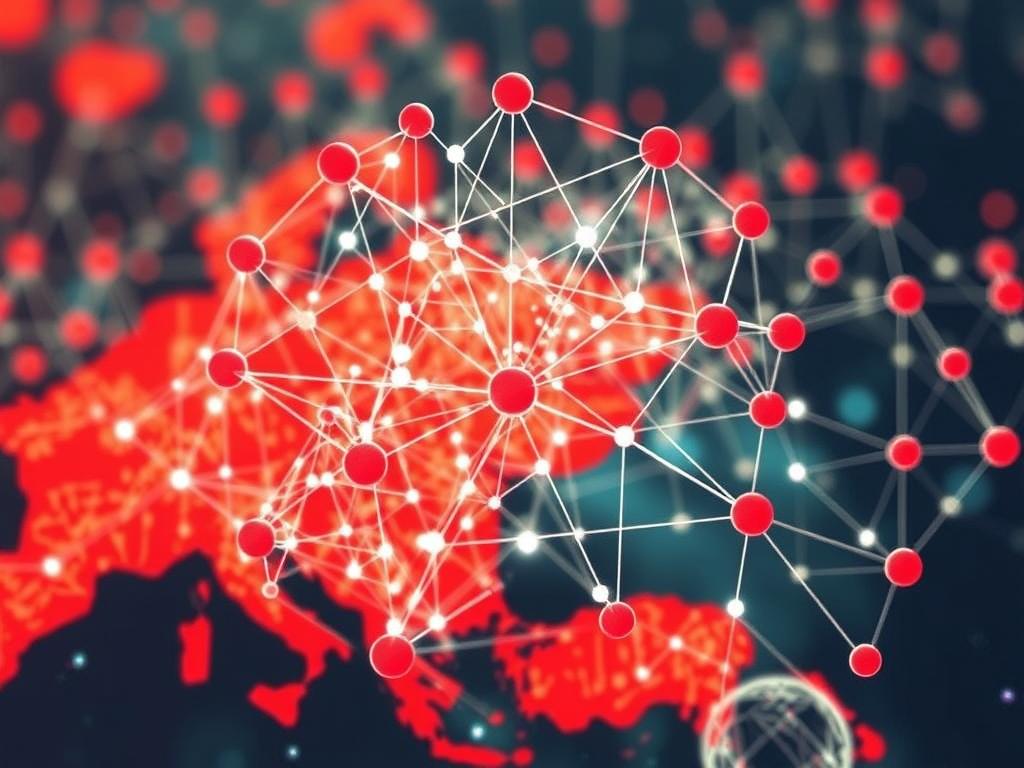
- Decentralization: No central control point exists, making shutdowns complex.
- Scalability: Networks can grow dynamically as more users connect.
- Fault tolerance: Since data is distributed, failure of some nodes doesn’t stop the network.
- Anonymity: Many P2P networks offer varying degrees of privacy, complicating enforcement.
Why Would Governments Want to Shut Down P2P Networks?
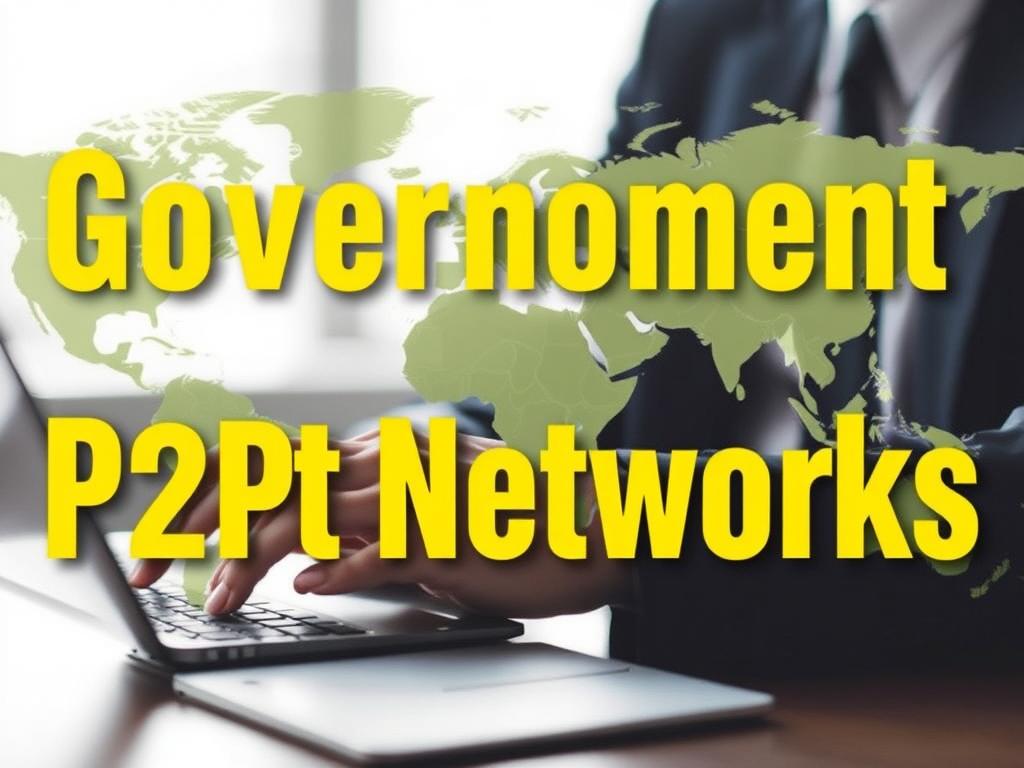
Governments often view P2P networks with suspicion or concern for multiple reasons. These include:
- Copyright infringement: Large volumes of music, movies, and software are shared illegally via P2P, costing industries billions.
- Security risks: P2P networks can be exploited by cybercriminals to distribute malware or conduct illegal activities.
- Information control: Some regimes fear that P2P networks facilitate the rapid spread of dissenting opinions or banned content.
- Financial control: Cryptocurrencies relying on P2P architectures challenge traditional banking and financial regulation.
Given these concerns, many governments have taken legislative or technological efforts to curb or shut down P2P activity.
Methods Governments Have Used to Target P2P Networks
When examining whether governments can shut down P2P networks, it’s vital to review the strategies they’ve tried. Below is a list of common methods:
| Strategy | Explanation | Effectiveness |
|---|---|---|
| Legal Action | Targeting file-sharing websites or individuals to deter illegal sharing. | Partially effective; can shut down centralized trackers but not entire networks. |
| Internet Service Provider (ISP) Blocking | ISPs block access to known P2P trackers or related websites. | Limited; users often find workarounds like VPNs or alternate sites. |
| Traffic Throttling | ISPs slow down or limit P2P traffic to reduce its usability. | Somewhat effective; can degrade service but not stop it entirely. |
| Network Surveillance | Monitoring users and targeting key participants for enforcement. | Effective in specific cases but resource-intensive and raises privacy concerns. |
| Technical Disruption | Injecting fake nodes or poisoning P2P networks to degrade functionality. | Temporary effect; networks can quickly recover with updates. |
Why Complete Shutdown Is Nearly Impossible
Even with these approaches in place, completely shutting down P2P networks presents significant hurdles. Here’s why:
- Decentralization defies single points of control: Unlike a central server, there is no one target to dismantle.
- Rapid adaptability and updates: P2P protocols evolve quickly, often patching weaknesses exploited by censors.
- User-driven resilience: Enthusiasts and communities often create new ways to circumvent restrictions.
- Global nature: Networks span countries, making jurisdiction-specific attempts incomplete.
- Privacy and encryption: Newer P2P networks increasingly use encryption, hampering monitoring.
Case Studies: Governments vs. P2P Networks
Looking at real-world examples helps highlight how attempts to shut down P2P networks have played out.
China: The Great Firewall vs. P2P Sharing
China’s government employs strict internet surveillance and controls, blocking many foreign P2P trackers and platforms. While the Great Firewall effectively blocks popular trackers and sites, Chinese users still find ways around it by using VPNs, private trackers, and alternative methods that keep P2P sharing active. This cat-and-mouse game illustrates both the power and the limits of government censorship.
United States: Legal Battles and ISP Actions
In the U.S., legal cases like those against Napster, LimeWire, and more recently torrent sites have succeeded in dismantling specific platforms. ISPs have also experimented with throttling P2P traffic. However, the protocols themselves survive as users simply migrate to decentralized networks without central servers, demonstrating that targeted legal action cannot fully shut down P2P networks.
Russia: Technical and Legal Tactics
Russia has implemented both legislative bans and focused technical attacks on P2P platforms, particularly those involved in piracy. Despite these efforts, innovative users and developers keep mirroring content and creating new tools, resulting in ongoing challenges for authorities seeking complete control.
The Future of Government Control Over P2P Networks
Given the ongoing arms race between P2P technology evolution and government control, what does the future hold?
- Increasing use of encryption: To maintain privacy and resist censorship.
- Decentralized Autonomous Organizations (DAOs): Which may manage P2P resources without central oversight.
- More sophisticated regulatory frameworks: Governments may try to regulate intermediaries, such as ISPs and hardware providers, rather than targeting networks directly.
- Potential development of forensic technology: To trace illegal activity without infringing broadly on privacy.
Balancing Act: Control vs. Innovation
Ultimately, governments must balance protecting citizens, enforcing laws, and fostering innovation. Overly aggressive shutdown attempts risk stifling technological progress and infringing on digital rights.
Summary Table: Can Governments Shut Down P2P Networks?

| Aspect | Can Governments Shut It Down? | Comments |
|---|---|---|
| Entire P2P Network | No | Decentralization and global distribution make total shutdown unfeasible. |
| Specific Platforms/Websites | Yes | Legal actions or ISP blocks often succeed in taking down central sites. |
| P2P Traffic on Networks | Partially | Throttling or monitoring can reduce usage but not eliminate it. |
| User Participation | Hard to Control | Users innovate to circumvent restriction through VPNs, encryption, alternate protocols. |
Conclusion
So, can governments shut down P2P networks? The short answer is no, not completely. While legal action, technical disruption, and network control measures can restrict or dismantle specific parts of P2P ecosystems, the decentralized, resilient nature of these networks makes total shutdown nearly impossible. Governments can succeed in targeting centralized trackers or sites associated with illegal activities, but users and developers continuously adapt, sustaining the networks. As P2P technology evolves with stronger privacy and encryption, the tug-of-war between control and freedom will persist. Ultimately, governments must find a balanced approach that enforces the law without undermining innovation and the fundamentally open nature of the internet.
